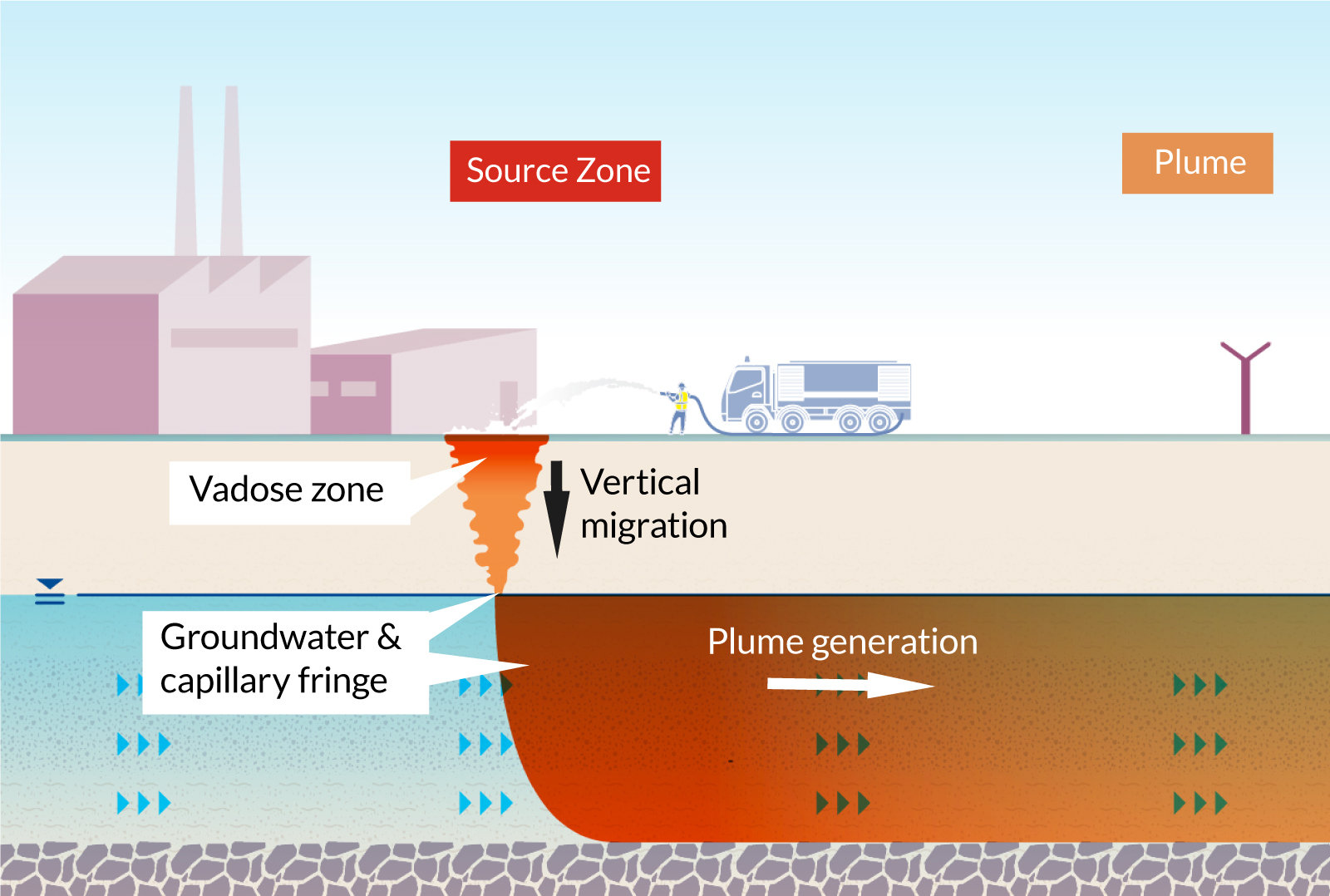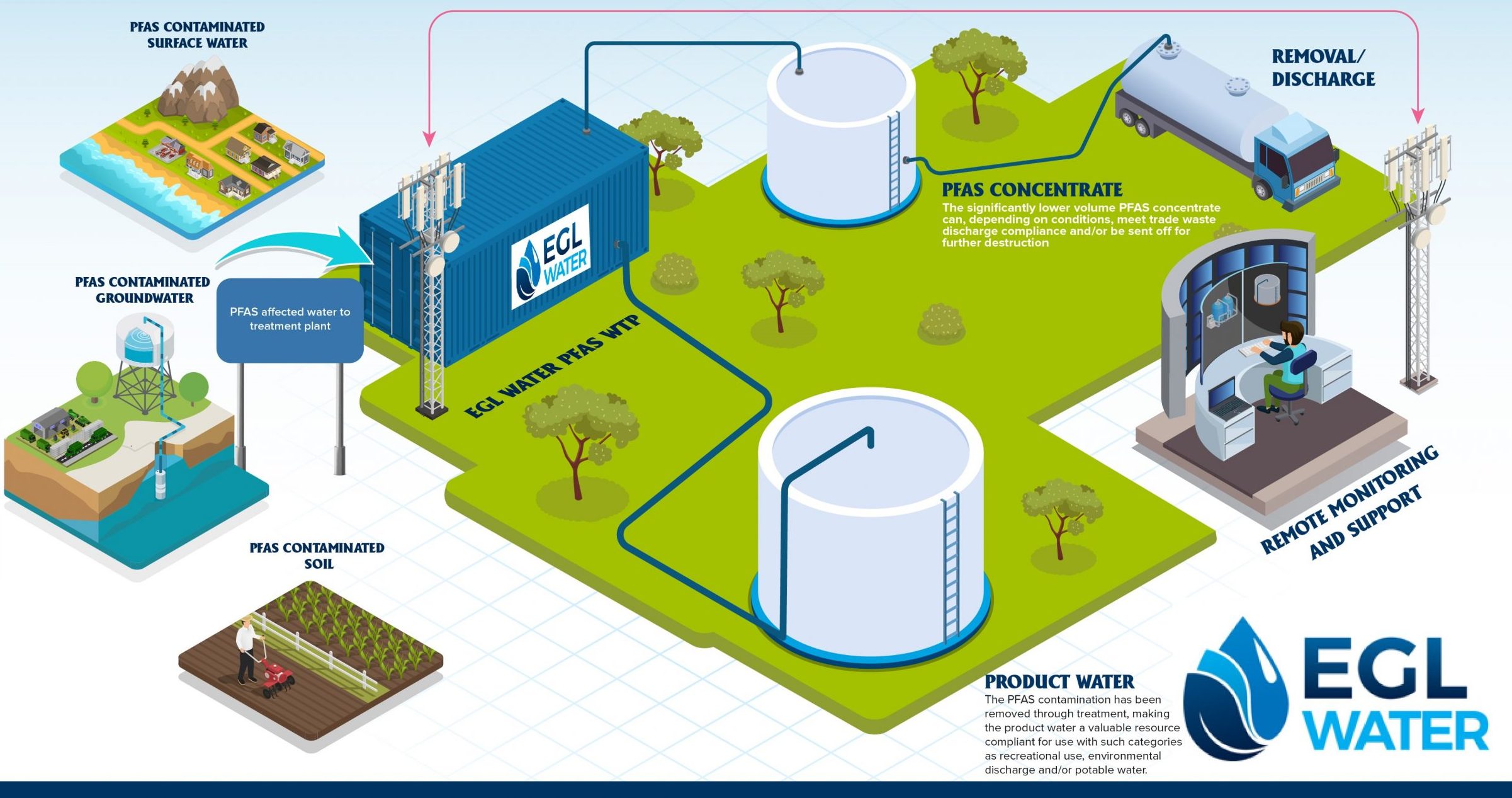Guidelines for PFAS Waste Management at Industrial Sites
Wiki Article
Ingenious PFAS Treatment Solutions for Safer Water
The increasing frequency of PFAS contamination in water products necessitates an important evaluation of innovative treatment solutions. Advanced filtering technologies and unique chemical therapies existing appealing opportunities for lowering these persistent pollutants. Furthermore, emerging bioremediation methods provide an even more lasting strategy to taking on PFAS obstacles. As governing structures proceed to adapt, recognizing the effectiveness and scalability of these options becomes critical. What implications do these innovations hold for public health and wellness and environmental remediation, and how can stakeholders effectively apply them in diverse contexts?Introduction of PFAS Contamination
PFAS contamination has become a considerable environmental and public health and wellness problem. Per- and polyfluoroalkyl substances (PFAS) are a team of artificial chemicals known for their determination in the setting and human body, leading them to be typically described as "for life chemicals." These compounds have been widely used in various sectors, consisting of firefighting foams, water-repellent textiles, and food packaging, largely due to their water- and grease-resistant properties.The widespread usage of PFAS has actually resulted in their detection in soil, water products, and also in the blood of humans and pets. Researches have actually connected PFAS direct exposure to countless health problems, including developmental results in infants, body immune system disorder, and different types of cancer. In addition, the ecological persistence of these substances complicates their degradation and removal, raising problems about long-lasting eco-friendly effects.
Governing bodies are significantly implementing rigorous guidelines to check and minimize PFAS levels in drinking water and various other ecological mediums. As understanding of PFAS contamination grows, it has come to be imperative for communities and sectors to look for efficient therapy solutions to alleviate exposure and guard public health and wellness.
Advanced Purification Technologies
As the seriousness to attend to PFAS contamination heightens, progressed filtration innovations have actually become a crucial component in the removal initiatives aimed at removing these consistent chemicals from water resources. These technologies take advantage of sophisticated systems to successfully target and catch PFAS substances, which are notoriously resistant to standard therapy techniques.One of one of the most appealing methods is the usage of granular turned on carbon (GAC), which adsorbs PFAS molecules as a result of its high area and permeable structure. This approach has actually been extensively implemented in both local and commercial setups, showing significant decreases in PFAS focus. Additionally, ion exchange materials have actually gained grip, particularly developed to selectively bind PFAS ions from water, thus facilitating their removal.
Membrane layer purification innovations, such as reverse osmosis and nanofiltration, additionally show effectiveness in PFAS removal by literally dividing pollutants from water - pfas management. These systems can achieve high degrees of purity, making them suitable for alcohol consumption water applications
Chemical Treatment Technologies
Countless chemical treatment developments are being discovered to properly resolve PFAS contamination in water materials. One appealing technique involves using innovative oxidation processes (AOPs), which make use of powerful oxidants such as ozone, hydrogen peroxide, or chlorine dioxide combined with UV light to break down PFAS compounds into less damaging compounds. This method has demonstrated efficiency in lab settings, showing potential for scalability in real-world applications.One more innovative method is the development of ion-exchange resins specifically developed to target PFAS. These materials can selectively adsorb PFAS substances from water, permitting their removal throughout treatment processes. Recent advancements have actually improved the efficiency and capability of these resins, making them a desirable alternative for water therapy centers.
Additionally, researchers are investigating making use of chemical agents like persulfate and ferrous ions to enhance the destruction of PFAS in infected water. These representatives can generate chain reaction that facilitate the failure of persistent PFAS substances.
Arising Bioremediation Techniques
Recent advancements in chemical therapy technologies have led the way for checking out bioremediation techniques as a feasible option for resolving PFAS contamination. Bioremediation uses the all-natural metabolic procedures of microbes to degrade or change toxins, making it an appealing strategy for dealing with persistent pollutants like PFAS.
Emerging methods in bioremediation consist of making use of genetically engineered microorganisms that can especially target and break down PFAS compounds. These microbial stress are being developed for their enhanced deterioration abilities, enhancing the efficiency of the remediation procedure. Furthermore, scientists are checking out the possibility of plant-assisted bioremediation, where particular plant varieties may uptake and sequester PFAS from polluted soil and water.
One more encouraging strategy is the application of bioaugmentation, which entails introducing advantageous bacteria right into contaminated environments to boost the degradation of PFAS. This method can help with faster remediation timelines and enhance general efficiency.

Regulative Structures and Requirements
A detailed governing structure is essential for effectively taking care of PFAS contamination and making sure public health security. The enhancing recognition of per- and polyfluoroalkyl substances (PFAS) as ecological contaminants has motivated numerous federal and state companies to establish standards that regulate their presence in water materials. The United State Environmental Defense Company (EPA) has established health advisories and is working toward establishing enforceable limits for PFAS in drinking water.State-level laws vary substantially, with some states adopting more stringent guidelines than those proposed by the EPA. These guidelines frequently include maximum impurity levels (MCLs) for particular PFAS substances, surveillance needs, and reporting responsibilities for water utilities. Additionally, emerging frameworks concentrate on the removal of contaminated websites, highlighting the need for reliable therapy innovations.

Final Thought
Finally, the growth and implementation of innovative PFAS therapy solutions are vital for resolving the pervasive concern of water contamination. Advanced filtration innovations, chemical treatments, and emerging bioremediation strategies jointly present a complex technique to effectively lower and degrade PFAS degrees. As governing frameworks remain to develop, incorporating these technologies will be vital to secure public health and wellness and restore the stability of polluted water resources, inevitably contributing to a cleaner and much safer setting.Report this wiki page